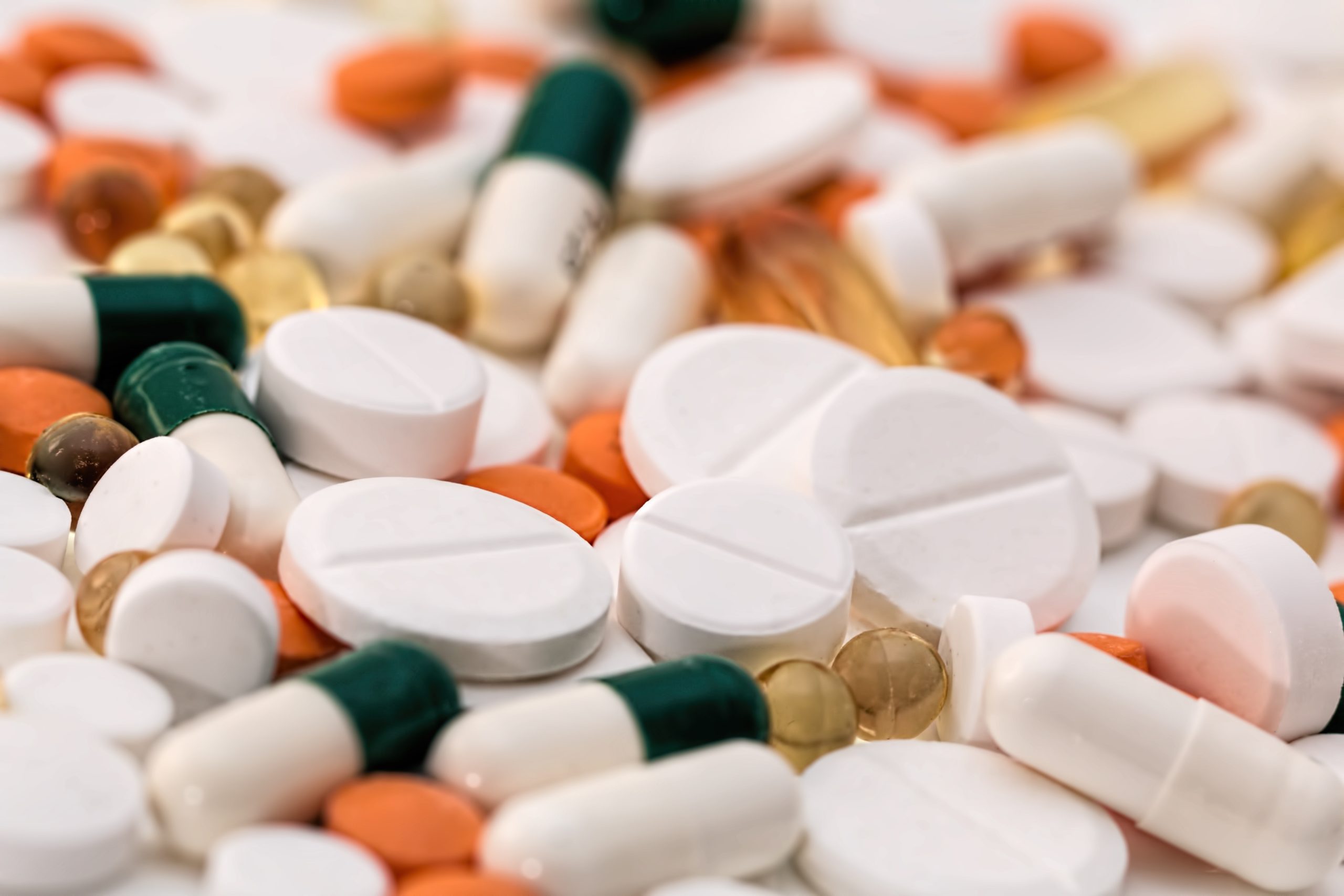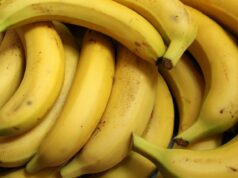A lot of plants have been traditionally known for their effective healing properties. The invaluable information about their use has been passed down to generations through the years. This trend is declining however due to the development of modern-day drugs that are oftentimes more effective for medical purposes. But what many people do not know is that many modern drugs are derived from a particular plant chemical – or phytochemical – to synthesize a purposeful drug. Here are seven drugs that are actually made from plant extracts:
1. Opiates (Morphine, Codeine, Oxycontin)

The Opium poppy (Papaveraceae somniferum) plant is largely to thank for the discovery of certain alkaloids classified as the benzylisoquinoline alkaloids. They can either be naturally occurring or synthetic and are chemicals that particularly target the opioid receptors in the human body responsible for pain and temperature regulation and control.
C.R Alder Wright was a chemist who, in 1874, was able to synthesize a compound similar to codeine and morphine, which were alkaloids discovered from the opium poppy. The called diamorphine, popularly known as heroin, would, however, be outlawed in most countries than not owing to its highly addictive nature, which in turn led to abuse.
The creator of aspirin. Felix Hoffmann would 23 years later re-synthesize the compound, which was later commercialized by Bayer Pharmaceuticals as a pain management drug. Opiates are, to this day, still profoundly used in the world of medicine for different levels of pain management.
2. Penicillin

It was probably among the most effective antibacterial discoveries ever. Developed from the Penicillium chrysogenum mold, this drug was found to have the ability to effectively obliterate bacteria, including the streptococcus and the staphylococcus, which were potentially fatal bacterial strains.
Even though Alexander Fleming, the Scottish scientist who in 1928 managed to isolate the active constituent of the Penicillium chrysogenum mold, it was not until 1940 that the drug was mass-produced and accepted as an antibacterial medicine classified under beta-lactam antibiotics.
3. Paclitaxel (Taxol)

This cancer combating compound was developed from the bark of the Pacific Yew, also known as the Taxus brevifolia. As a chemotherapeutic agent, the drug works by essentially inhibiting tubulin, which is needed during cell division, to prevent cell division in the body. This cell division inhibiting process is aimed at cutting down the spreading of cancer cells and effectively helping manage the deadly disease.
Alternative sources for the Paclitaxel compound was necessitated by the inevitable danger of the plant’s imminent extinction owing to Taxol’s impossibly high demand. To save the North American plant, the drug is now made through semi-synthetic methods from liwiid plant cultures with minimal requirement for the actual plant tissue.
4. Lysergic Acid Diethylamide (LSD)

With a significant influence on brain function, this drug effectively works by stimulating the various types of serotonin receptors, 5HT2A and 5HT2B, along with dopamine D2 receptors in the brain. Developed from the naturally occurring alkaloid, ergotamine, the compound is found in a particular fungus called ergot (Claviceps purpurea).
In 1938, Albert Hofmann from Switzerland developed Lysergic acid. He would, however, take another five years to identify the psychoactivity of the extract, which would be integrated into psychiatric treatments and seemingly futile attempts at mind control.
5. Digoxin

Known for its inhibiting effects on sodium, potassium, and ATP channels in the heart, this drug has been medically employed to treat various heart conditions, including heart failure and cardiac arrhythmias. As far back as in 1785, the foxglove derivative extracted from the foxglove plant was utilized while treating dropsy, which was a condition related to chronic heart failure.
Digoxin, an extract of the foxglove plant, Digitalis lanata, is not, however, particularly widely favored thanks to its often-severe side effects, including fatalities arising from overdoses.
6. Quinine (Quinaquina)

For years now, this drug has been used as a sufficient remedy to counteract the effects of malaria and babesiosis. Extracted from the Cinchona calisaya tree in South America, Quinine is, to this day, used as the primary treatment for the global menace of malaria. Even though the drug can be artificially produced, the cinchona tree offers the most viable solution of availing the extract as the Quechua tribes of the Amazon rainforest will attest to.
The drug’s effectiveness has, however, been dogged by imperfections such as the detrimental possibility of permanent kidney failure as a side effect of using the drug.
7. Aspirin (Salicylic Acid)

Felix Hoffman is credited with the development of this all-time relevant drug. First synthesized in 1890, Aspirin works by effectively inhibiting the enzyme cyclooxygenase (COX), which essentially prevents inflammations and blood clotting. The COX-1 is responsible for converting arachidonic acids to thromboxane and prostaglandins that are in turn, responsible for sustaining inflammation and blood clotting.
Plants including the Salix alba (white willow), Spirea spp. (wintergreens) and the Betula spp. (birch) are just among the few known plants to contain the naturally occurring salicylic acid from which the aspirin is modeled after.


































